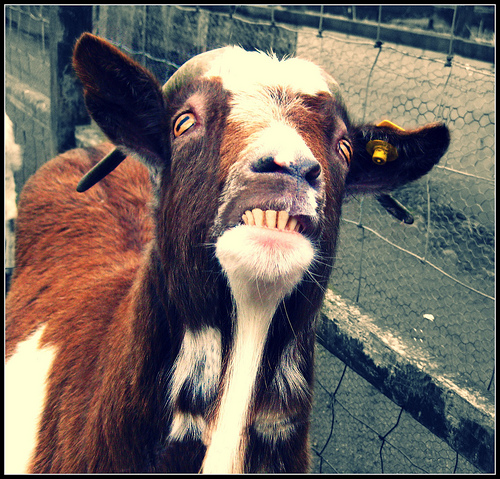The Data That the Economy is Not So Hot is Getting Harder to Ignore
The propagandistic exhortation that we all need to need to learn to love or at least accept the crappy economy known as “the new normal” is starting to wear a bit thin. One of the things that has allowed the punditocracy to pretend that “the new normal” really isn’t all that bad are various myths that they get investors and sometimes the broader public to believe in succession or better yet simultaneously:
Read more...
